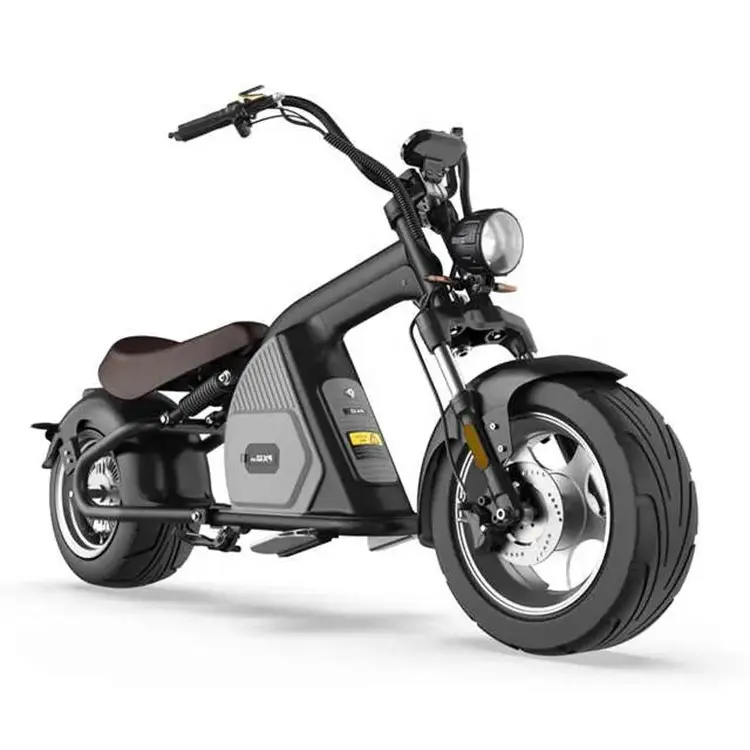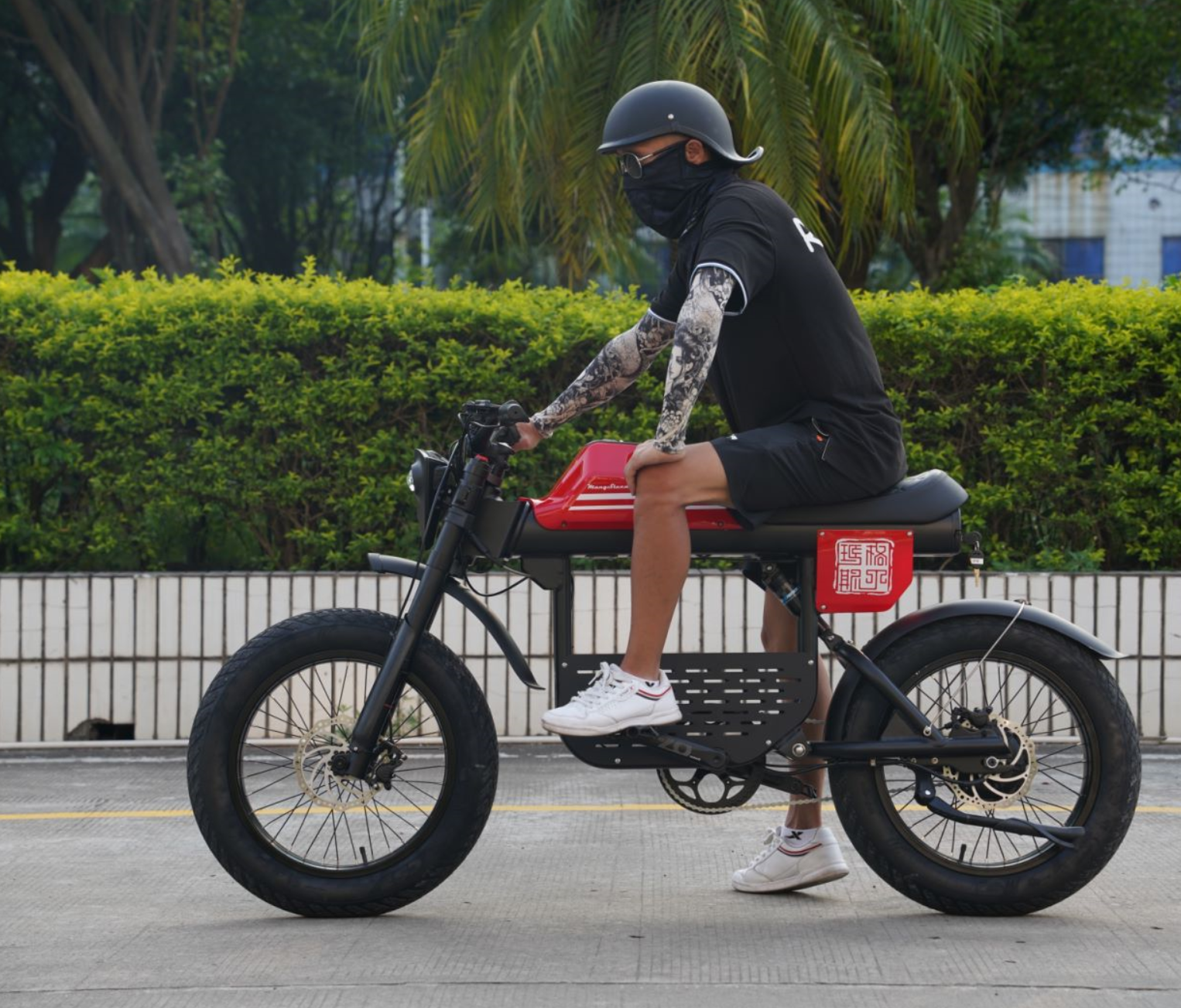An electric scooter is quieter, but only better for the air conditioning and air quality than a petrol scooter. Bovendien is laden and half tot four keer goedkoper dan refuel. Everything about the electric scooter on a ride.
The sale of electric scooters has been made quickly by the last few years. All new scooters are electrically powered. Onder de term scooters were understood as two bromfietsen (limited to 45 kilometers per hour) as snorfietsen (limited to 25 kilometers per hour).
Safer and better for the climate
Electric scooters are sold on the right side of the road. This is better for the air quality at the local level: because the e-scooter ride is on the road, there are street lanes in the air. E-scooters have a bearing CO2 output in petrol scooters, which is favorable for the air conditioning. When the production of electricity comes with CO2, because there is a lot of storage in it when it is used in gasoline.
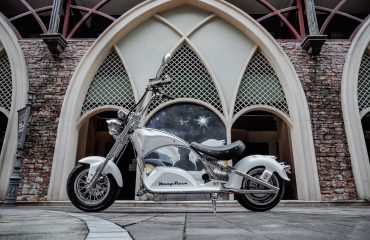
How low are electric scooters CO2 emissions?
Electric scooters are better for the climate than gas scooters. Per kilometer, electric scooters emit about five times as much CO2 as gasoline scooters. Future climate gains will be even greater, and therefore, more green electricity will be used.
How low are e-scooters' air pollutant emissions?
When driven, electric scooters do not emit air pollutants such as carbon dioxide (NOx), hydrocarbons (HC) carbon monoxide (CO) and particulate matter (PM) while automobile motorcycles do. TNO research has shown that gasoline motorcycles pollute even more than cars per kilometer driven in cities.
Gasoline scooters with older two-stroke engines pollute more than newer scooters with four-stroke engines. Petrol scooters with the old speed limit of 25km/h are more polluting than petrol scooters with a speed limit of 45km/h. Measurements carried out in Amsterdam in 2015 showed that gasoline motorcycles contain about a third of the carbon dioxide and about a quarter of the hydrocarbons.
What is the current used by electric scooters?
CO2 emissions from e-scooters are only generated indirectly, i.e. to generate the electricity required to run the e-scooters. That electricity still comes from coal and natural gas. The current electricity mix is expected to become greener soon. This will also reduce indirect CO2 emissions from electric scooters.
Electricity generation produces air pollutants. But emissions from gasoline scooters typically occur where pedestrians and cyclists also visit, and pollution from power plants typically occurs outside densely populated areas, so the health impacts are different.
Additional benefits of e-scooters
Because of their electric motor, e-scooters have a number of additional advantages over petrol scooters: they are virtually silent, are more powerful than petrol scooters, have fewer starting problems and are easier to maintain.
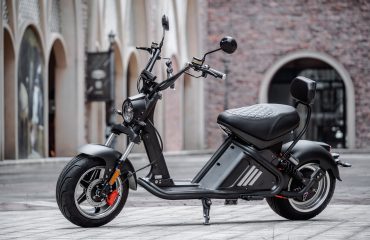
Stricter rules for petrol scooters
From 2021, petrol scooters must meet the new requirements in the EU directive for the emission of harmful substances: EURO5. This directive prescribes the maximum emissions of, among other things, carbon monoxide, nitrogen oxides and particulate matter from a new petrol scooter. Older models often have (much) higher emissions. Environmental zones have been set up in Amsterdam and The Hague where petrol scooters made before a certain date are not allowed to enter. These are the first municipalities where such a regulation is in force. Electric scooter riders are not affected by such an environmental zone. In other cities, such as Rotterdam and Nijmegen, there are scrappage schemes for old polluting scooters with petrol engines. You will then receive a compensation if you register such a scooter for destruction. Check the website of your municipality to see if there is such an arrangement and what the conditions are.
Costs and subsidy
How much a new electric scooter costs depends very much on the brand, version and batteries of the scooter. Buying an e-scooter is generally slightly more expensive than a petrol scooter. With the exception of a few cheaper models, the price of e-scooters starts around 2,400 euros, while you can buy a petrol scooter for just under 2,000 euros.
On the other hand, the operating costs of an electric scooter are lower. You have less maintenance and electric driving is more economical.
Grants
There is no national subsidy for an electric scooter for consumers. In previous years, various municipalities offered subsidies to stimulate the purchase of e-scooters. Check the website of your municipality to find out if this currently applies.
Maintenance costs
An electric scooter requires less maintenance than a petrol scooter. An electric scooter only needs a periodic check of the brakes, tires and lighting. The brakes also wear less quickly, because the electric motor can be used to brake.
A petrol scooter has rotating parts in the engine. Those parts can wear out, require more frequent adjustment or replacement. However, the tires of an electric scooter wear out slightly faster than those of a petrol engine and the software of the e-scooter sometimes needs to be updated.
Renting and sharing also possible
In addition to buying, it is possible to rent e-scooters through a rental company or through a scooter sharing platform. Examples are Felyx, Check and GO Sharing. Particularly in the larger cities, the number of shared scooters has grown rapidly in recent years. At some stations you can now also grab a shared scooter via the NS, to continue your journey after your train journey.
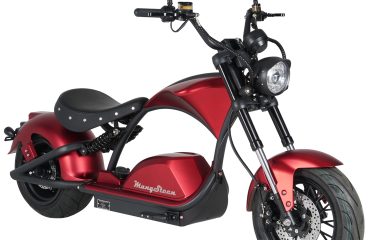
Light moped or moped?
When purchasing an electric scooter, you can choose between the 25-kilometre variant (light moped) or 45-kilometre variant (moped). The electric light moped has been the most popular in the Netherlands in recent years. Since 2023, helmets have been compulsory for light mopeds, as a result of which the moped is increasing in popularity. Helmets have been compulsory for a long time.
In most cities you can still ride a light moped on the cycle path. In Amsterdam mopeds already have to ride on the road. Other municipalities are also considering introducing this rule.
Charging: cheap and easy
Charging an e-scooter is much cheaper than refueling. The costs per kilometer are about one and a half to four times lower. For an e-scooter that can drive 50 kilometers on a full battery, the price per kilometer is 1 to 3 cents. A full charge then costs 60 cents to 1.60
A filling up for a petrol scooter costs about a tenner. That is about 5 cents per kilometer. You drive such a car on a full tank
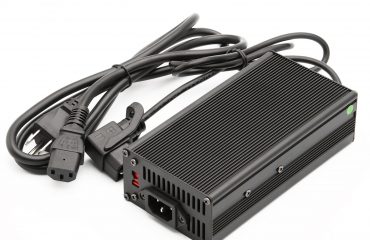
How long does charging take?
Charging a battery for an e-scooter can be done in a normal socket. A special charging point, such as with an electric car, or a reinforcement of the electricity connection are therefore not necessary. There are also public charging stations for electric scooters and bicycles where you can charge a scooter, for example at some guarded bicycle sheds. If you can remove the battery, you can take it to a power outlet to charge.
In most cases, the rule is that the greater the capacity of the battery, the longer it takes to charge. The type of charger also plays a role. On average, charging the battery to 75 percent takes about 3 hours. The last 25 percent is slower and takes up a lot of extra time. Some models charge in 2 hours, others take up to 12 hours. How long exactly can therefore differ greatly between different models.
The advantage is that you can charge an electric scooter during your working day. You don’t have to drive to a gas station, like with a petrol scooter.


